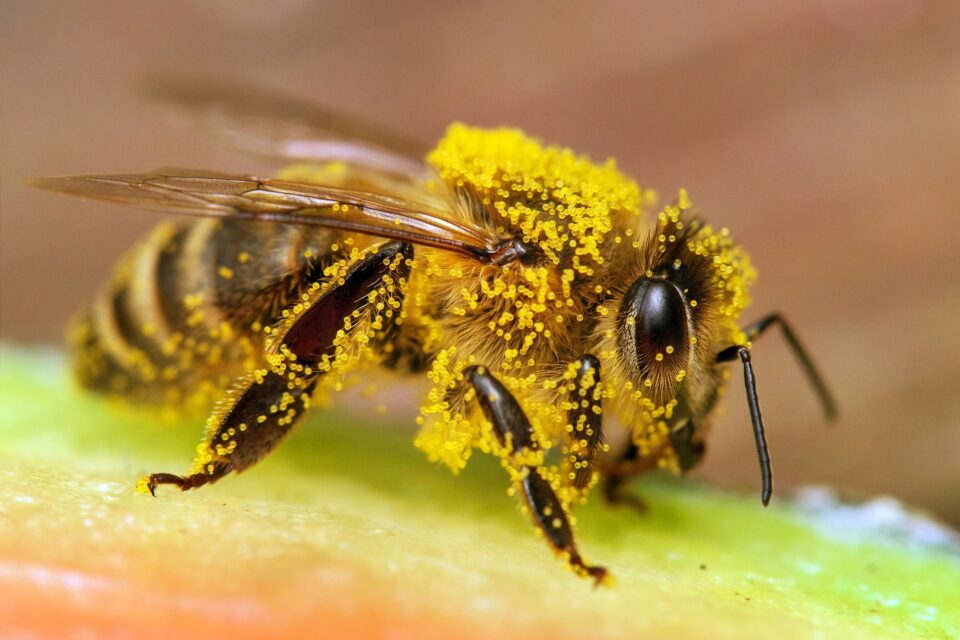

Honey bees are famous for their “waggle dance,” the behavior they use to tell hive mates that they have found a good source of food. The dance has several different components that indicate the distance to the food, the direction to fly and the richness of the find.
Although the bees combine these elements to communicate useful and quite complex information to other foragers in the hive, scientists have stopped short of calling this a “language.” After all, language is always learned, but bees are born knowing this behavior and do not have to learn it. Well, that was the thinking until the publication of a new study by researchers from the Xishuangbanna Tropical Botanical Garden (XTBG) of the Chinese Academy of Sciences, and UC San Diego.
The experts observed how a successful foraging bee returns to the hive and performs a waggle dance to communicate that it has located a good source of pollen, nectar or water, and provides information about the presence, quality, identity, direction and distance of the source so that nest mates can find and use it. The other foraging bees gather round the recently returned individual and watch its behavior, sometimes following in its tracks as it dances, in order to learn the details of the resource.
This type of learning is known as social learning, when one individual learns by observing or interacting with another. It has been shown that bees learn about details of a resource by observing the waggle dance and interacting with the dancer. However, it is not known whether young and inexperienced bees are also perhaps learning how to dance by watching the dancing individual.
In the new study, published in the journal Science, the researchers set out to test whether bees can use the waggle dance effectively without ever having seen it performed before by others.
The experts populated five experimental hives with a cohort of one-day-old bees. In some of the hives there were other foraging bees that performed waggle dances, and in others there were no waggle-dancing bees. The researchers monitored the introduced cohort until they began to show their own waggle-dance behavior and then assessed the effectiveness of this behavior.
“As these bees aged, we monitored the colonies until we observed the first waggle dances and then observed the same dancers 20 days later when they had more foraging and dancing experience,” said Dr. DONG Shihao, first author of the study.
The team found that young bees that had witnessed others doing waggle-dances before were better at performing the behavior themselves. Those that did not have the opportunity to follow any dances before their own first dance display produced significantly more disordered dances with larger errors in waggle angle and incorrectly encoded distance.
“When the same bees were older and had experience of dance following and dancing, they significantly reduced divergence angle errors and produced more orderly dances. However, they were never able to produce normal distance encoding,” said Dr. DONG.
The results indicate that waggle-dance behavior is not completely genetically pre-programmed. Although bees are born with the innate knowledge of how to perform the components of the dance, they refine their skills and become more proficient by learning from others. This is important because this complex communication can save foraging bees time and energy by allowing them to fly directly to a resource, rather than having to search around for it in the environment.
But why should honey bees use social learning to improve their waggle dancing, rather than being born with a fully programmed instinctive ability?
“Learning is a useful way to refine behaviors for local conditions. We suggest that the unique topologies of each colony’s dance floor make it advantageous for novice dancers to learn from more experienced ones. Another possibility is that experienced dancers may transmit distance encodings based on local optic flow to nest mates,” said TAN Ken of XTBG.
| Menglun, Mengla, Yunnan 666303, China. Copyright XTBG 2005-2011 Powered by XTBG Information Center |